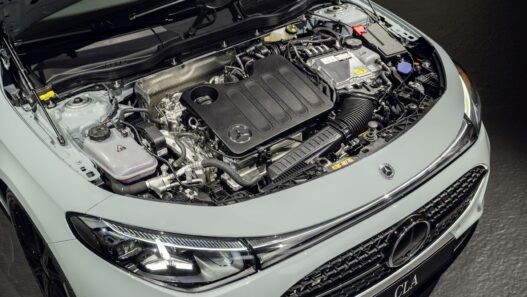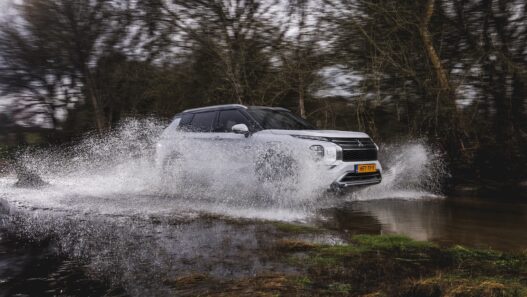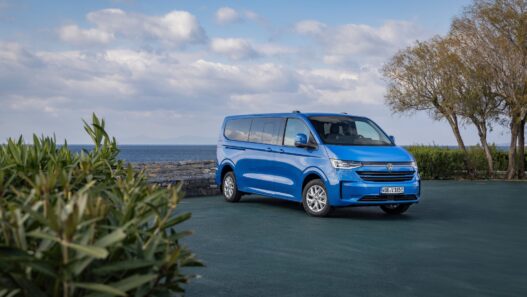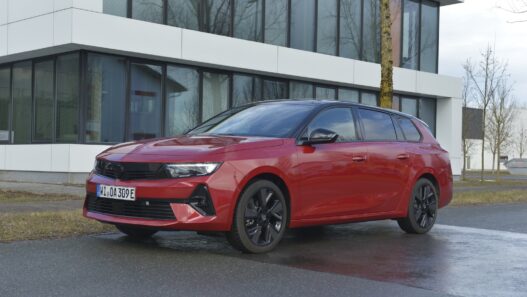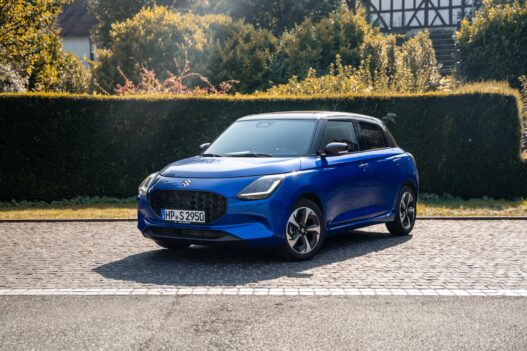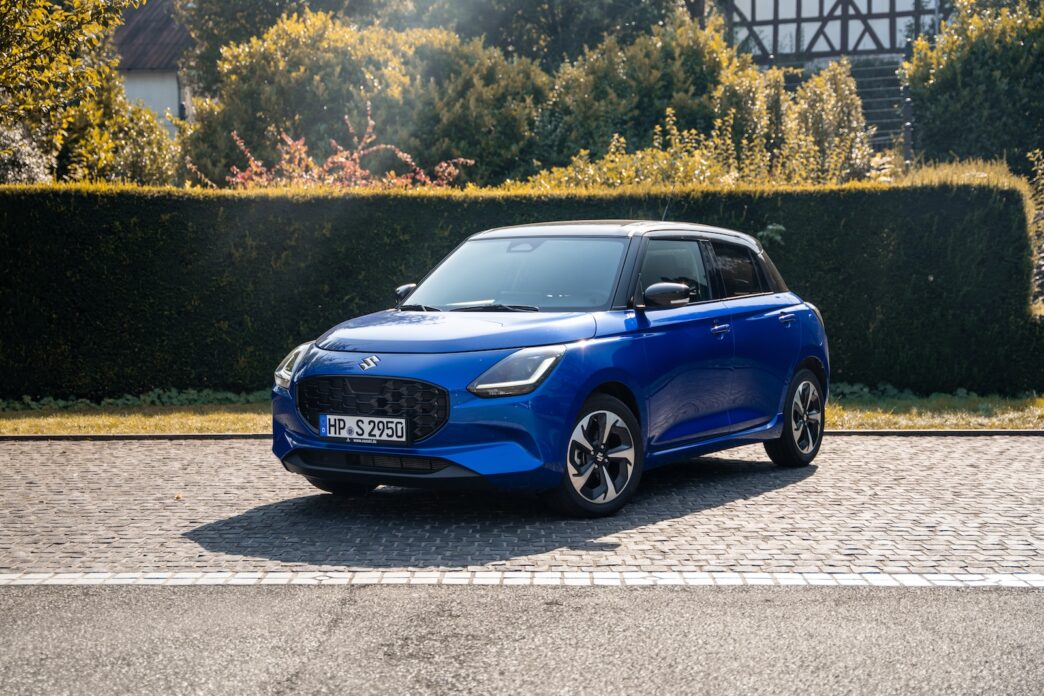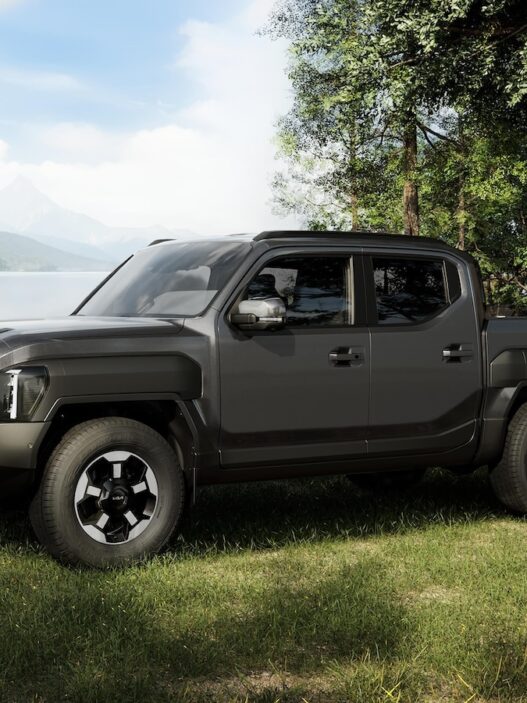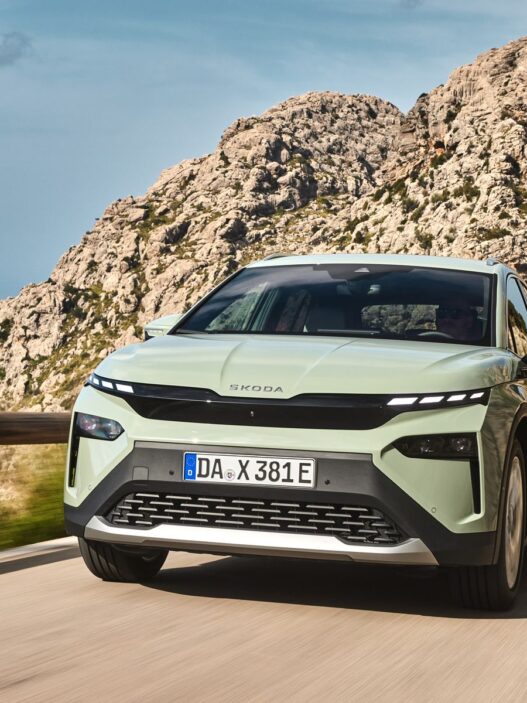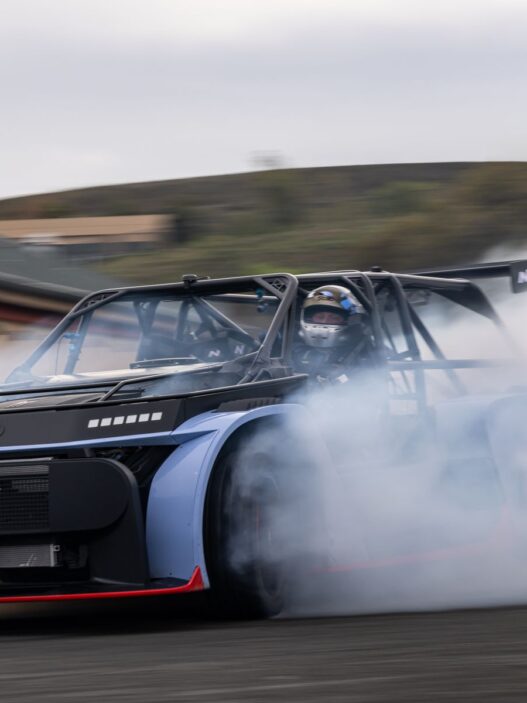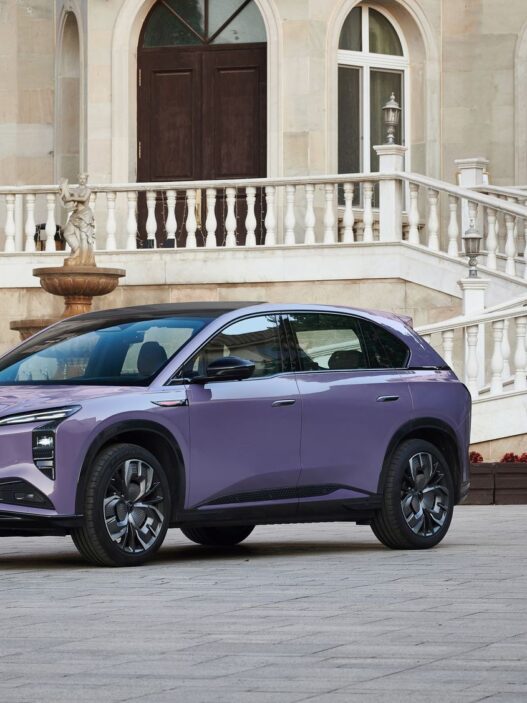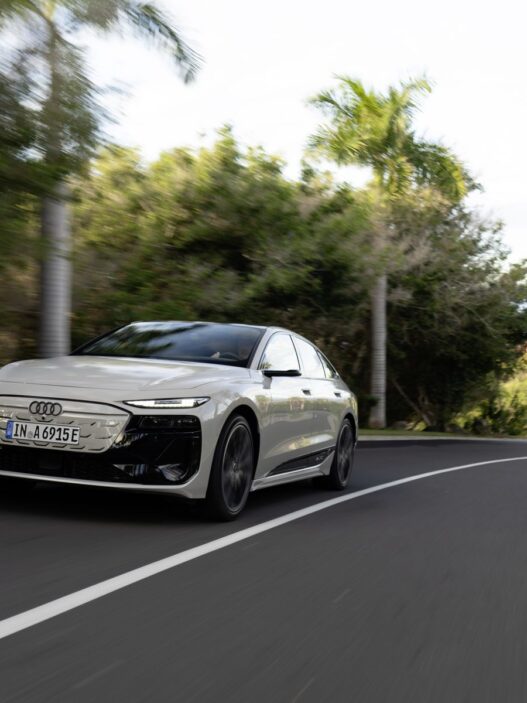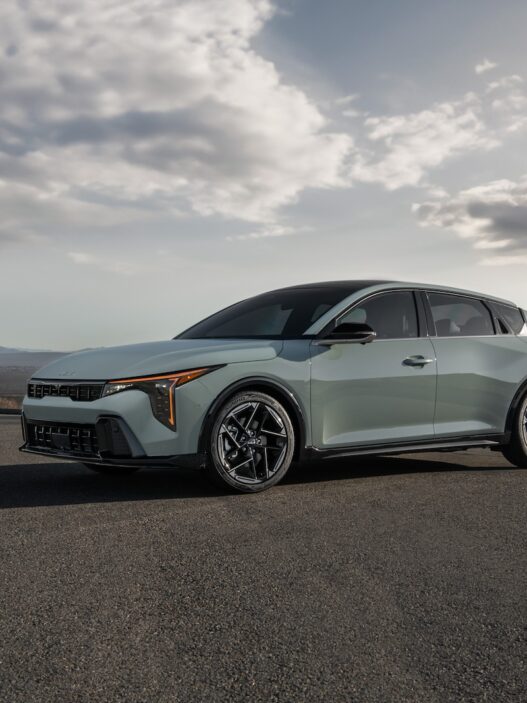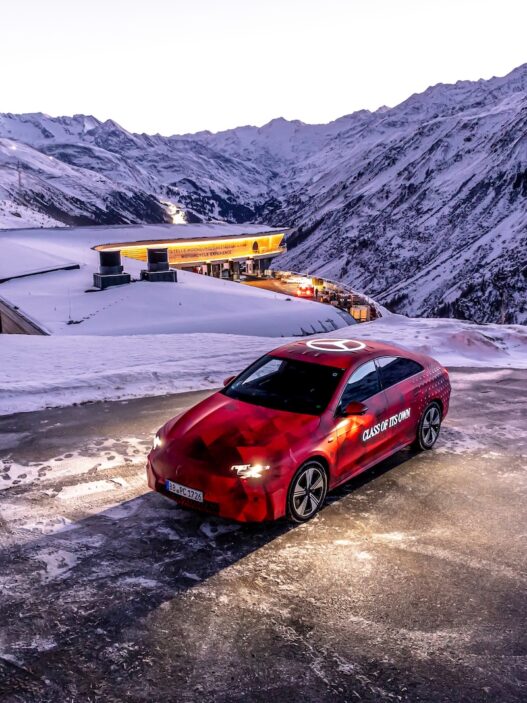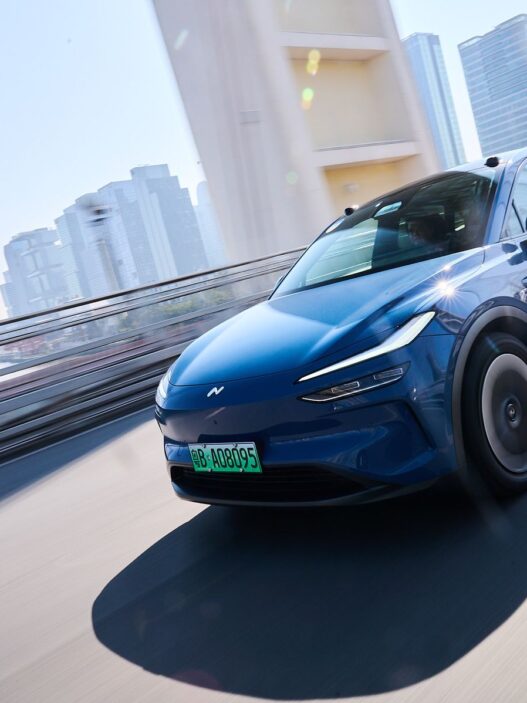Once a formidable competitor in the small car segment, the Suzuki Swift was a legitimate rival to the Mini Cooper, complemented by the success of the Vitara. But times have changed. While the current Swift maintains its charm, its hybrid drivetrain leaves much to be desired in terms of performance.
Stylish, Yet Familiar
The Swift’s design remains a strong point. Its contrasting dark roof and clean, well-proportioned lines give it an unmistakable appeal, especially among its target audience. However, the wheels still appear undersized, a long-standing critique. Unlike many competitors, Suzuki has resisted the urge to make the Swift significantly larger. At 3.86 meters in length, it’s shorter than most rivals, which may appeal to city dwellers.
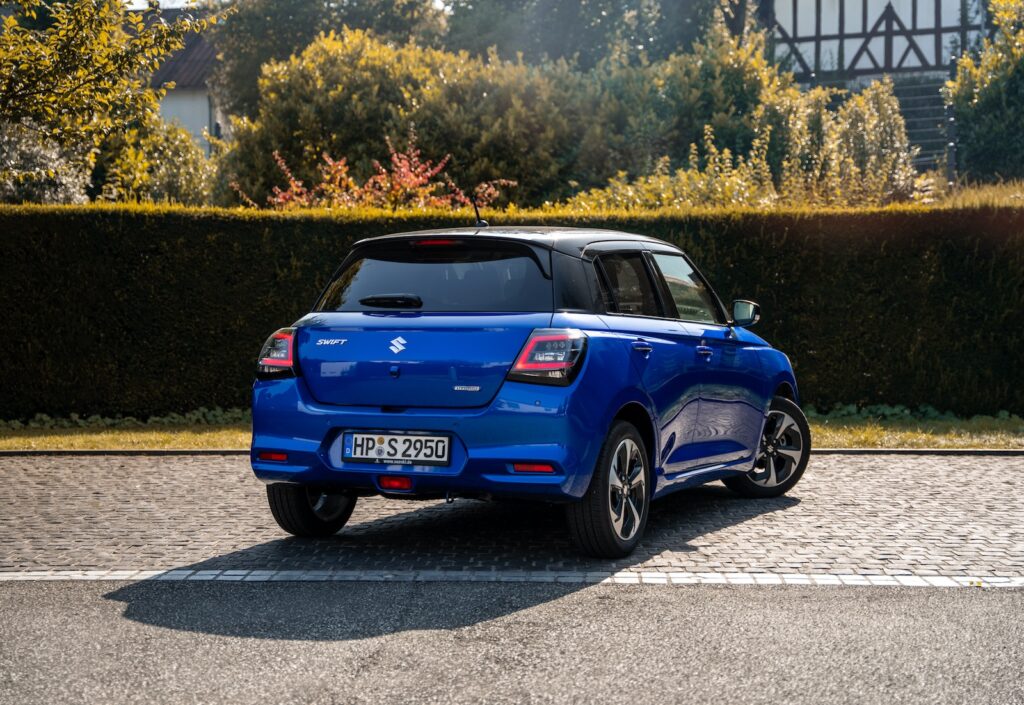
Inside, the front seats offer ample comfort, while rear passengers enjoy more legroom than expected from the 2.45-meter wheelbase. The 245-liter boot isn’t class-leading but is practical enough for everyday needs. Folding the seats expands the cargo space to a respectable 980 liters.
A Throwback Interior
Step inside, and you’ll find an old-school vibe. Black hard plastics dominate the cabin, and analog dials add a nostalgic touch. A small digital display between the round gauges provides customizable driver information. The nine-inch touchscreen is intuitive, with physical buttons for climate control and safety features placed conveniently. This functional simplicity is reminiscent of a bygone era, and in this case, it’s a good thing.
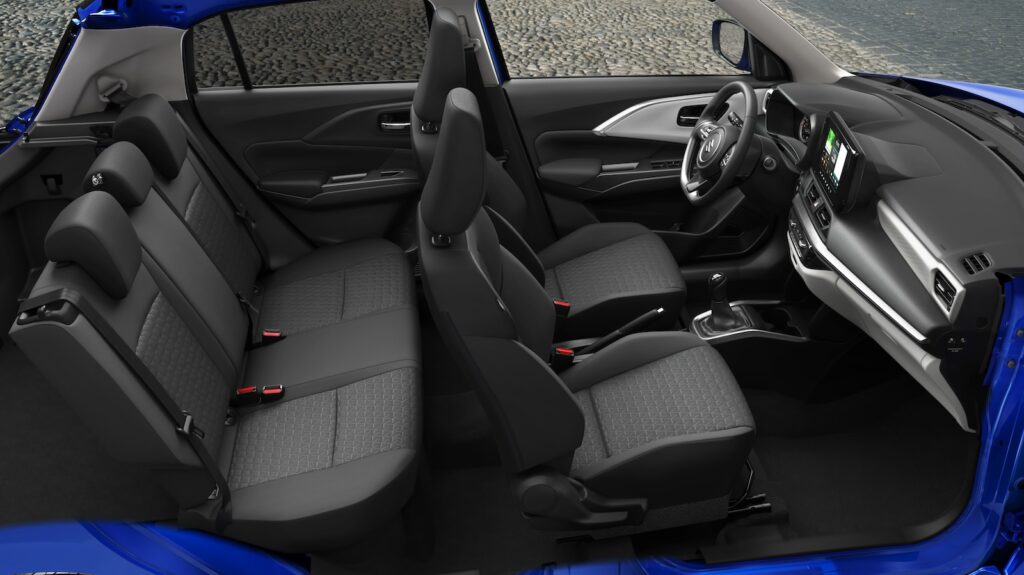
However, the seats could use an upgrade. They’re adequate but lack the contouring and support seen in past sporty Swift models. Heated seats come standard from the Comfort trim level, adding a touch of modernity.
Hybrid Performance: More Economy Than Excitement
Under the hood lies the Swift’s most significant drawback. There’s no engine choice; the sole option is a naturally aspirated 1.2-liter three-cylinder engine. Producing just 61 kW (82 PS) and 112 Nm of torque, it struggles with dynamic driving. Push it hard, and the engine noise becomes intrusive, highlighting the lack of sound insulation.
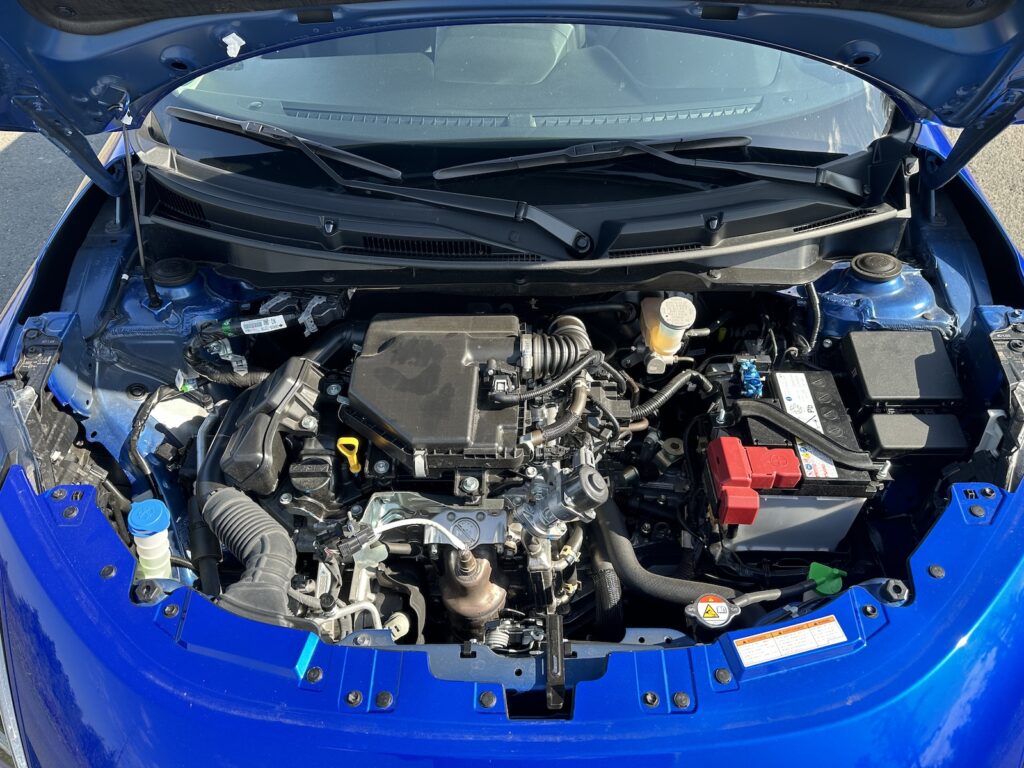
The 12-volt mild hybrid system adds a small boost, recapturing braking energy into a tiny 0.4 kWh lithium-ion battery. While it marginally improves fuel efficiency, it doesn’t contribute much to acceleration. The Swift’s five-speed manual gearbox and optional CVT automatic both feel uninspired. On the bright side, the Swift delivers a commendable fuel economy of 4.4 liters per 100 kilometers, making it a frugal choice for everyday use.
A Nod to All-Wheel Drive
One redeeming feature carried over from its predecessors is the availability of an all-wheel-drive system with the manual transmission. Whether 4×2 or 4×4, the Swift delivers a comfortable ride with balanced suspension. However, the brakes could be more assertive, and the steering—though precise—lacks the engaging feedback found in earlier Swift models.
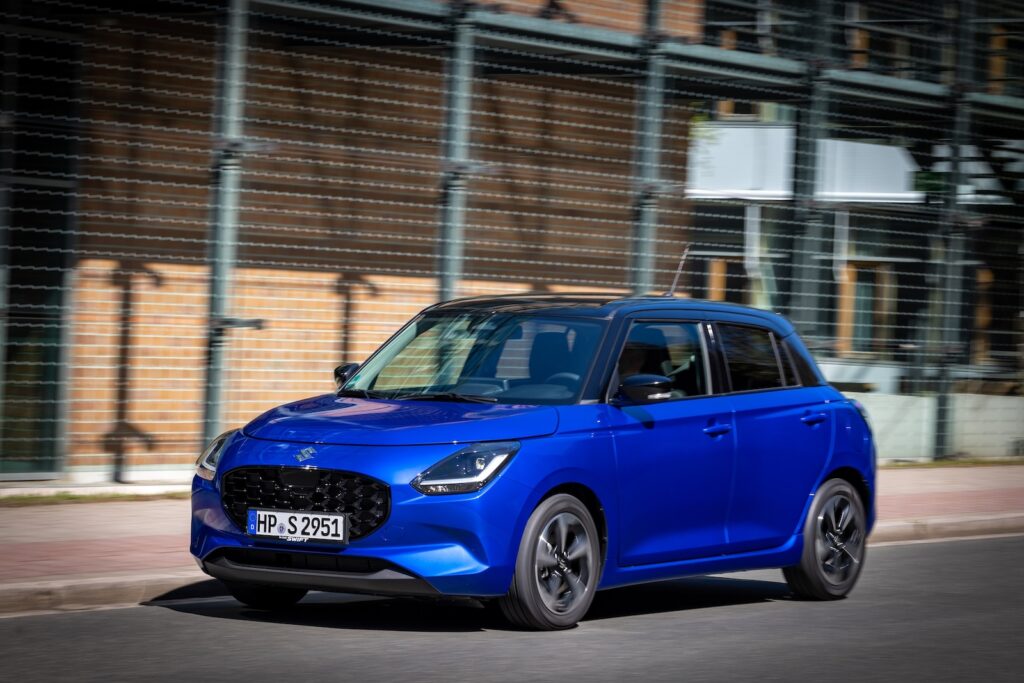
Starting at €19,500, the Suzuki Swift 1.2 Club offers excellent value. Standard features include LED headlights, a navigation system, a rearview camera, keyless entry, and adaptive cruise control. While it may not deliver thrilling performance, it remains a practical, affordable option for those seeking a reliable city car.
Technical Specifications: Suzuki Swift 1.2 Hybrid
- Engine: Three-cylinder naturally aspirated
- Displacement: 1,199 ccm
- Power: 61 kW / 82 PS
- Torque: 112 Nm at 4,500 rpm
- Top Speed: 165 km/h
- Transmission: Five-speed manual
- Fuel Consumption: 4.4 L/100 km (98 g CO2/km)
- Boot Capacity: 265–980 liters
- Curb Weight: 1,100 kg
- Starting Price: €19,500

